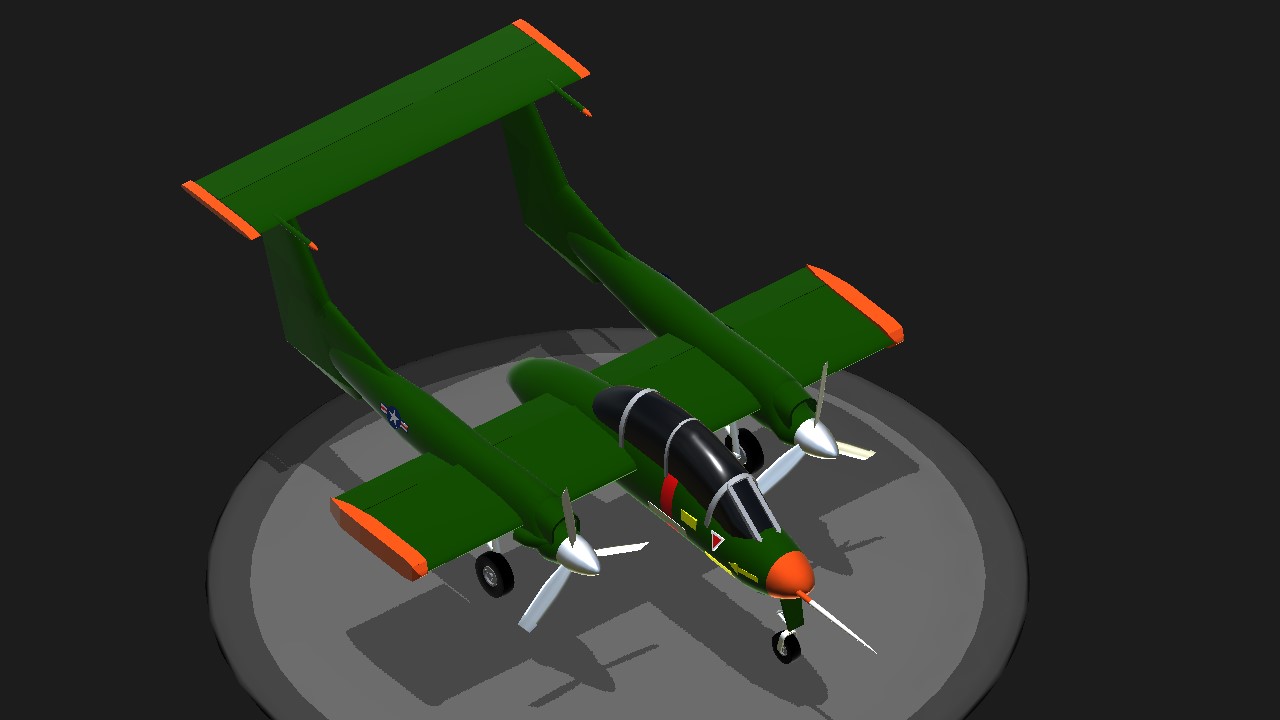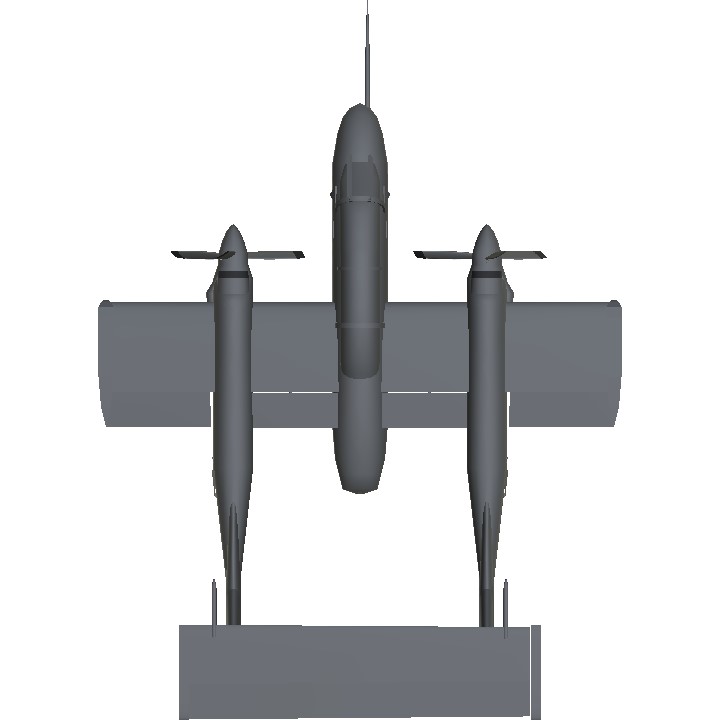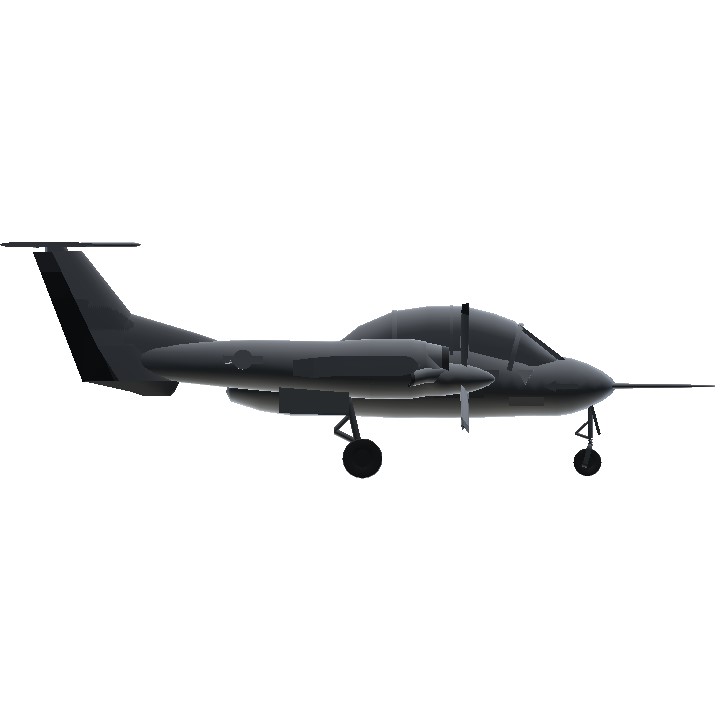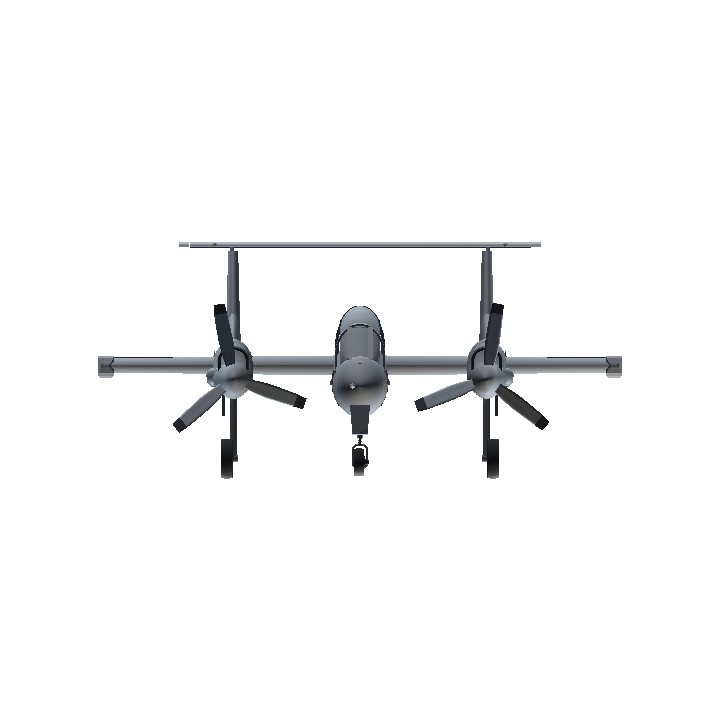Hello again
HISTORY:
The Convair Model 48 Charger was a prototype light attack and observation aircraft of the 1960s, developed to meet a requirement for a dedicated counter-insurgency (COIN) aircraft. It was a two-seat, twin-boom aircraft powered by two turboprop engines which lost out to the North American Rockwell OV-10 Bronco of similar layout. Only the single prototype Model 48 was built and this turned out to be the last complete aircraft constructed by Convair.
In 1959, two United States Marine Corps officers developed the concept of a small low cost aircraft capable of providing close air support to the U.S. Marines, capable of operating from roads close to the battlefield, the concept being known as the Light Light Marine Attack Aircraft (L2VMA). As interest in such an aircraft grew, with interest from the US Army for a similar type, the Convair Division of General Dynamics started studies into counter-insurgency aircraft in 1961. In 1963, the various requirements were merged into a tri-service specification for a Light Armed Reconnaissance Aircraft (LARA), to be used not just by the U.S. Marines and Army, but also by the United States Air Force for counter-insurgency and forward air control roles, and to be available for export.
The specification produced responses from nine manufacturers, including Convair, who submitted its Model 48 Charger in March 1964. The Model 48 was a twin-boom monoplane, constructed mainly from aluminium, with fiberglass nose, rear fuselage and wingtips, with a retractable nosewheel undercarriage. It was powered by two Pratt & Whitney Canada PT6 (military designation T74), driving three bladed propellers. Its wings were of relatively short (27 ft 6 in/8.38 m) span, which meant that most of the wing was in the slipstream of the propellers, increasing the effectiveness of the full-span trailing-edge slotted flaps and leading edge slats inboard of the engines, which together acted to deflect the slipstream, giving a form of vectored thrust, in order to reduce takeoff and landing distances. The outer trailing-edge flaps doubled as ailerons, which were supplemented by spoilers at low speed. The aircraft was fitted with a large, all-moving tailplane which attached to the vertical fins located at the ends of the tailboom(s), with the tailplane having somewhat greater span (20 ft (6.1 m)) than the distance between the tailbooms.
Convair started construction of a prototype as a private venture before a winner of the LARA competition was announced. In August 1964, the US Navy announced North American Aviation's design, the NA-300 (later to become the OV-10 Bronco) as the winner of the LARA competition. The U.S. Marine Corps and U.S. Air Force favored the Charger, however, and protested against the U.S. Navy's decision, and Convair continued construction of their prototype, which made its maiden flight on 25 November 1964.
After initial flight tests, the Charger was modified with an increased wingspan and modified tail to improve low-speed control. The Charger demonstrated excellent STOL capability, taking off over a 50 ft (15 m) obstacle in 485 ft (148 m) with a normal payload.[3] This was better both than the LARA specifications requirement of 800 ft (244 m), and the Bronco.
The Charger was awarded a 100-hour joint service flight test contract where the prototype would be flown by representatives of the U.S. Navy, Marine Corps, Army and Air Force. If orders followed, it was planned to build the production aircraft with a deeper and longer fuselage allowing full dual controls to be fitted. The prototype crashed on its 196th test flight on 19 October 1965, owing to pilot error by its U.S. Navy test pilot, however, and further development was abandoned.
CONTROLS:
VTOL down: Flaps
Normal flight controls
ENJOY :)
Specifications
Spotlights
- TatsuTheOtaku 4.2 years ago
General Characteristics
- Predecessor ! Charger 1.05
- Created On Android
- Wingspan 42.7ft (13.0m)
- Length 58.8ft (17.9m)
- Height 19.3ft (5.9m)
- Empty Weight 15,164lbs (6,878kg)
- Loaded Weight 19,994lbs (9,069kg)
Performance
- Horse Power/Weight Ratio 0.215
- Wing Loading 12.7lbs/ft2 (62.1kg/m2)
- Wing Area 1,570.9ft2 (145.9m2)
- Drag Points 13002
Parts
- Number of Parts 178
- Control Surfaces 10
- Performance Cost 894







Thanks!
I love this project it's so funny looking!